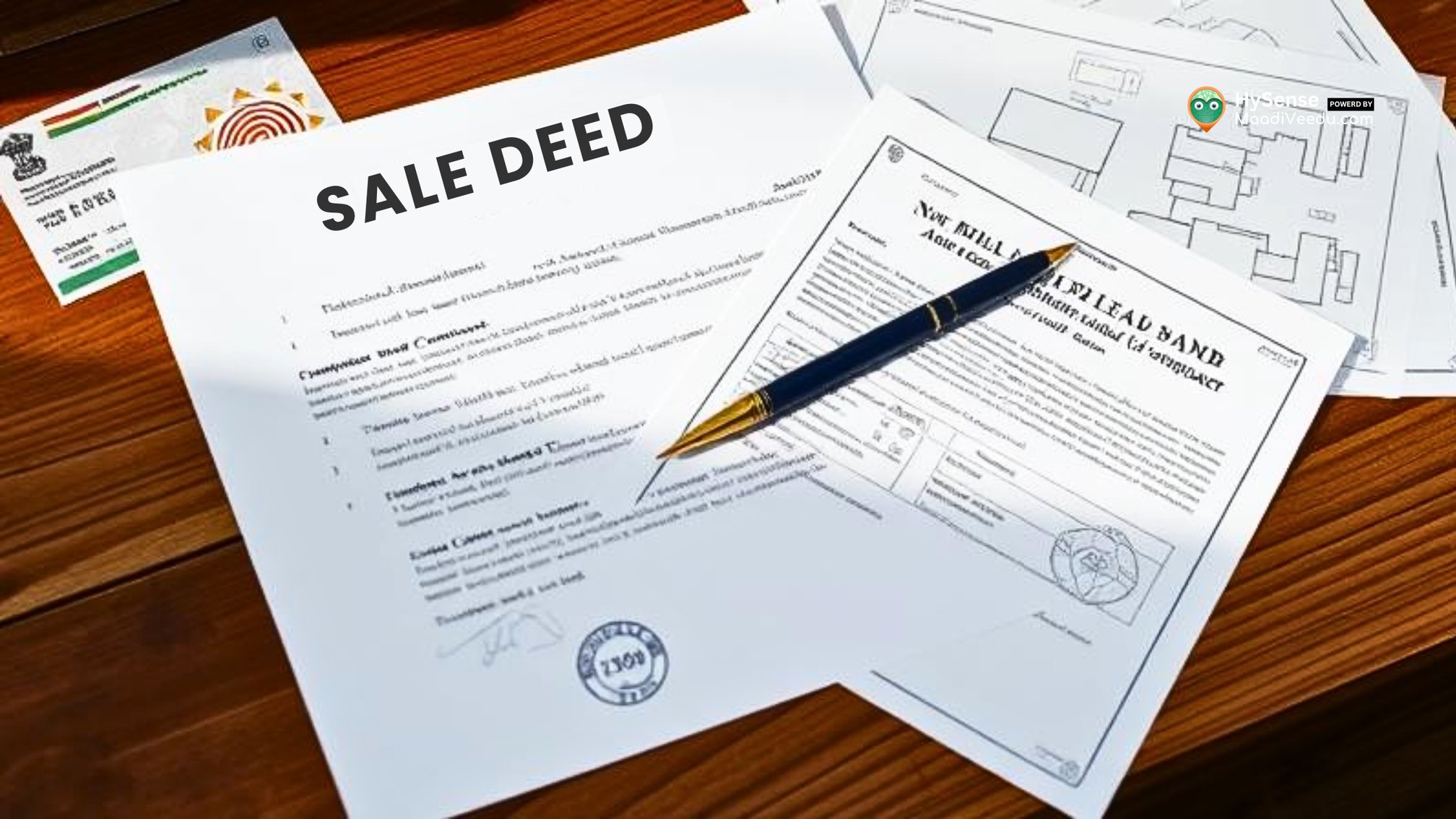Can I Cut My Neighbour’s Tree? What Indian Law Says About Overhanging Branches and Property Nuisance
Troubled by your neighbour’s tree crossing into your space? Know your legal rights and smart ways to handle tree encroachment in India.

Table of Contents
When you buy or rent a property, you expect peace and comfort. But sometimes, small issues like a neighbour’s tree growing into your space can become a big headache. Overhanging branches, roots creeping under your boundary, falling leaves, or shade blocking sunlight, these are common problems many homeowners face.
So, what does Indian law say about trees that encroach on your property? Do you have the right to trim those branches? How should you handle the situation without causing neighbourly tension?
This article answers these questions and helps you understand your rights and practical steps to resolve such disputes.
Looking for homes with clear property lines and no encroachment issues? View available options tailored to peaceful living here.
Understanding the Problem: Neighbour’s Tree Encroachment
Trees are beautiful and valuable, but when they extend beyond their property boundary, they can cause:
- Damage to your walls, fences, or roofs
- Loss of sunlight and air circulation
- Accumulation of leaves and debris
- Roots damaging underground pipes or foundations
These problems can affect your property’s safety, appearance, and value. Many property owners are unsure whether they can trim branches or cut roots that cross into their land.
What Does Indian Law Say?
According to Indian legal principles, overhanging branches or roots growing into your property are considered a nuisance, not trespass. This distinction is important because it allows you certain rights without infringing on your neighbour’s ownership.
Your Rights
- You can trim branches or roots that extend over your property line without asking permission from your neighbour.
- You must ensure that your trimming is done only on your side of the boundary, without entering your neighbour’s land or damaging the tree’s health on their side.
- There is no legal requirement to compensate your neighbour for trimming overhanging branches or roots.
- Even if the branches have been overhanging for years, this does not create any right for the neighbour to continue this encroachment.
Important Legal Precedents
- In Smt. Manikkam v. Kamala (Kerala High Court), the court ruled that overhanging branches can be cut up to the boundary line as they constitute a continuing nuisance.
- The Batcha Rowther v. Alagappan Servai case established that the neighbour has no right to allow branches or roots to encroach on your property.
How to Handle Overhanging Trees the Right Way
1.Talk to Your Neighbour
Open communication often resolves disputes peacefully. Inform them about the problem and request that they trim the tree themselves.
2.Send a Written Notice
If a verbal request doesn’t work, send a polite but clear written notice asking them to address the issue.
3.Trim the Overhanging Branches Yourself
If your neighbour refuses to act, you may trim branches or roots that intrude onto your property — but do so carefully, without trespassing.
4.Document Everything
Take photos and keep records of your communication and trimming activities. This helps in case of any disputes later.
5.Legal Action as Last Resort
If the problem persists or escalates, you can approach the civil court for an injunction or damages based on nuisance law.
Why This Matters When Buying Property
Before you finalize any property deal:
- Inspect the boundaries for overhanging trees or roots.
- Ask the seller or agent about any ongoing disputes with neighbours over trees.
- Consider how the trees might affect sunlight, drainage, and maintenance costs.
- Understanding these issues can save you future hassle and expense.
Read also: Facing recurring tree or boundary issues? Learn how to resolve property line disputes peacefully in our step-by-step guide here.
Conclusion
Trees can be wonderful additions to your property, but when they start invading your space, it’s important to know your rights. Indian law clearly allows you to protect your property by trimming overhanging branches and roots without fear of legal trouble.
By addressing the problem calmly and legally, you can maintain good relations with your neighbours and enjoy your home peacefully.
Planning to Buy a Home? Search Smarter.
Don’t let hidden issues like nuisance trees catch you off guard. Use India’s leading property search portal to find properties with clear boundaries and get all the information you need for a hassle-free home.
Frequently Asked Questions (FAQ)
1. Can I legally cut branches of my neighbour’s tree hanging into my property?
Yes, Indian law allows you to trim overhanging branches or roots that enter your property. But trimming must be done only on your side of the boundary.
2. Do I need my neighbour’s permission to cut the branches?
No, you don’t need permission if the branches or roots have crossed into your land. However, it’s always better to inform them first to avoid conflict.
3. What if trimming the tree affects its health or causes damage?
You are allowed to trim only the part that’s inside your property. If you harm the tree beyond your boundary, you could be held responsible.
4. Can I go to my neighbour’s land to cut the tree?
No, entering their property without permission is trespassing. You can only cut what’s on your side, without stepping into their land.
5. What can I do if my neighbour refuses to trim the tree themselves?
You can trim it yourself within your boundary. If the problem continues or creates serious damage, you may approach a civil court.











